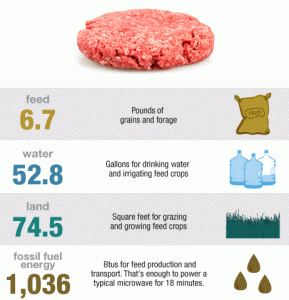Can sustainability efforts help alleviate PPE shortages?

The COVID-19 pandemic came without warning and completely overwhelmed the medical community and the Personal Protective Equipment (PPE) supply.

The COVID-19 pandemic came without warning and completely overwhelmed the medical community and the Personal Protective Equipment (PPE) supply.

COVID-19 infects us through the eyes, nose and mouth, making proper PPE one of the most important tools during this pandemic. It’s vital to pick PPE such as Surgical Goggles and Face Shields to protect an overlooked key body part - your eyes.
The virus that causes COVID-19 is understood to spread from person-to-person. According to the Centers for Disease Control and Prevention (CDC) the virus can spread in three ways:

Whether or not home is where you spend most of your time, it’s often where you go to feel cozy and safe at the end of a long day. Therefore, it’s good to invest in the environment you create in your home to make sure it’s a place where you can relax. One way to feel better about your home is by making it an eco-friendly environment that you can feel good about residing in. Another way is by ensuring it’s a stress-free environment where you have what you need to be a healthy person, both mentally and physically.

You don't have to completely convert your entire household to green living to start implementing some energy efficient and cleaner living behaviors now. Essential oils have been on the rise for the last few years and not only provide a healthier alternative to medicine but they can provide a cleaner lifestyle to your cleaning regimen as well. If you're looking at using some of your essential oils in cleaning products, here are some of the best ones to use and the benefits they provide.

Reducing Healthcare Facility Operating Costs without Impacting Patient Care
HFMA– The Case for Greater Cost Control
According to Rich Daly, Healthcare Financial Management Association (HFMA) Senior Editor Hospital and Health Care systems have realized they aren’t going to grow their way out of the margin pressures that they are facing.

According to Rich Daly, Healthcare Financial Management Association (HFMA) Senior Editor Hospital and Health Care systems have realized they aren’t going to grow their way out of the margin pressures that they are facing.

In recent American history, we have adopted a meat-with-every-meal diet. In other countries and in America’s recent past, it was a display of wealth to have meat at a meal. Typically, most of the dishes on the table were plant based. As we learn more about the environmental, economic and physical health benefits of returning to plant-based diets, consumers are driving a market of plant-based meat substitutes.

If you are planning on making some green home improvements, consider what you can do to not only add value but also positively affect your health. Many building materials contain toxic chemicals and materials that have been attributed to a variety of health issues and chronic illnesses. Knowing how to avoid toxins and what improvements can be made (no matter how big or small) can contribute to the overall health of you and your family.

Going green doesn’t always have to mean investing in solar panel systems and revamping your backyard with artificial turf—at least to start. The smallest of changes can often have the biggest impact. Going green also doesn’t have to be expensive; with incremental changes and small investments, you can actually save a significant chunk of change. If you’re feeling inspired and want to revamp your efforts to live a green, environmentally friendly lifestyle that provides numerous health benefits, adopt some of these habits and make a difference.

Which has the most impact on your energy bill: the green things you do (like driving a hybrid and re-insulating your house), the type of house you live in or where you live?